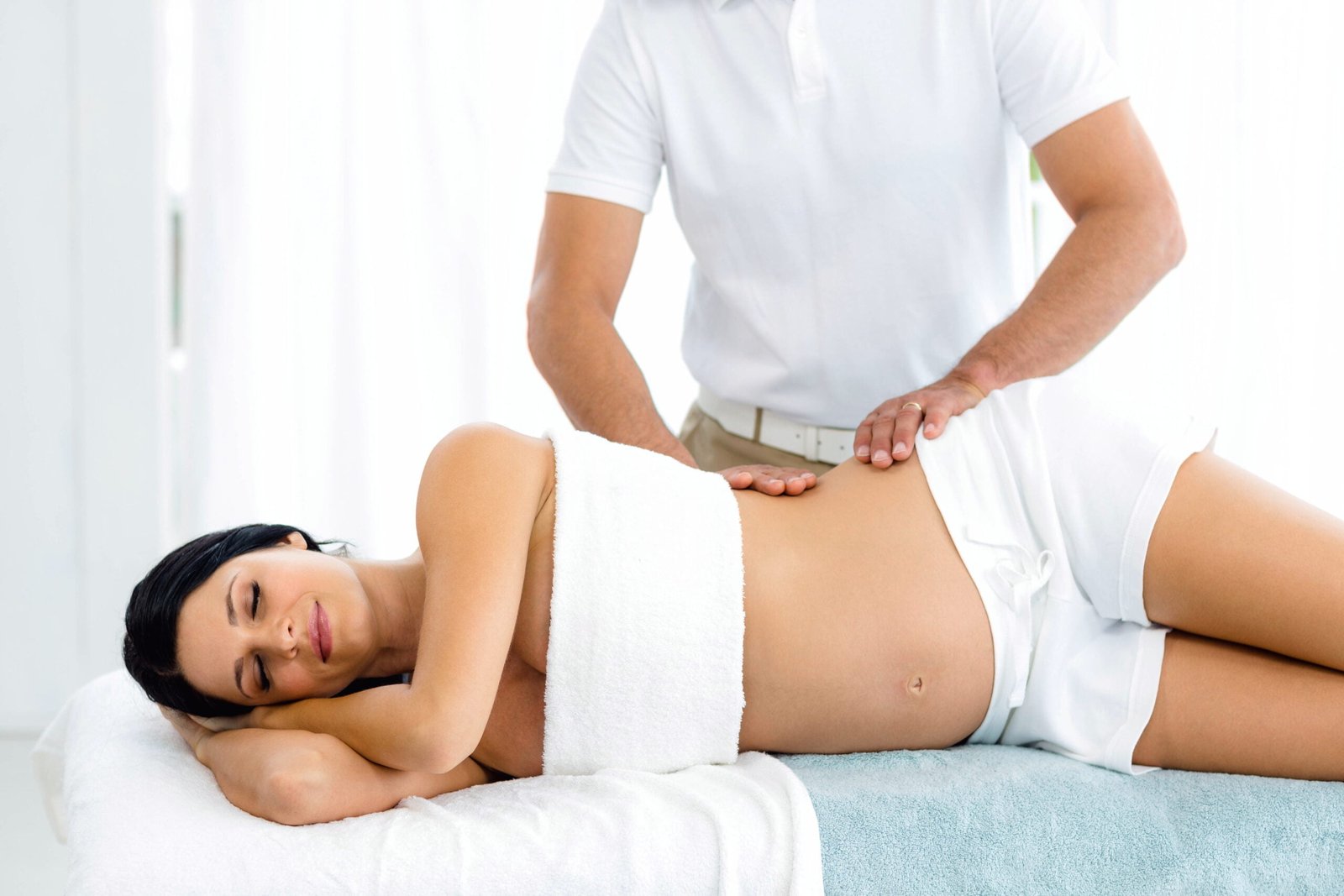Pregnancy is a beautiful journey, but let us get something straight: it can be really uncomfortable. Your body changes in ways you never thought your body would change. Backaches, swollen feet, and restless nights could very well become part of your daily life. This is where prenatal massage comes in. If you have never considered it, let me tell you why it may be your best decision during pregnancy.
What is prenatal massage?
Prenatal massage is what it sounds like: a massage designed for pregnant moms. It’s tailored to your needs and growing belly. The therapists use techniques that are both safe and effective throughout pregnancy. They focus on areas like your lower back, hips, and shoulders, where you might feel the most tension.
The goal is not just to relax you, but to make you feel great while your body accommodates the changes. Special pillows and positioning will be used to ensure that you are comfortable and supported. You will not have to worry about lying on your belly; your therapist will always make sure you’re safe and comfortable.
Why Should You Get a Prenatal Massage?
Pregnancy is hard on your body. You carry extra weight, and your posture shifts. This can lead to muscle pain, especially in your back and legs. Prenatal massage can help relieve these aches. But the benefits go beyond just physical relief.
A prenatal massage can also help with:
- Reducing Stress: Pregnancy can be overwhelming. A relaxing massage helps calm your mind.
- Improving Sleep: If you’re tossing and turning at night, massage can help you rest better.
- Lowering Swelling: Gentle strokes improve circulation, which can reduce swelling in your feet and ankles.
- Easing Headaches: Tension in your neck and shoulders often leads to headaches. Massage can relieve that tension.
For me, the best part was how connected I felt to my body. It’s easy to feel disconnected when your body changes so quickly. A massage reminded me that my body is doing something amazing—growing a tiny human.
What Happens During a Prenatal Massage?
If you are a novice at prenatal massage, then perhaps one question in your mind could be what you may expect from the experience. To begin with, your therapist is going to ask some questions regarding your pregnancy. It makes it easy for them to conceptualize specific needs: for example, pain felt increasingly in your lower back or hips, or even swelling of your legs.
Once they know your concerns, they’ll position you in a comfortable position. Most massages are done while you lie on your side. Special pillows or cushions support your belly and hips so that you aren’t putting pressure on your abdomen.
The actual massage is soft and effective. Therapists work to relax your muscles with long, sweet strokes. They may focus on areas where you feel tight or sore. And if it doesn’t feel right, you can always let them know. Your comfort is the number one priority.
Is Prenatal Massage Safe?
Yes, prenatal massage is safe for most pregnant women. However, there are a few things to bear in mind. You really need to check with your doctor first. They will let you know if it is okay to do so.
It’s also important to choose a therapist trained in prenatal massage. They know which areas to avoid and how to position you safely. For example, they’ll avoid deep pressure on certain points, especially in the first trimester.
When Should You Start Prenatal Massage?
You can start as early as your second trimester. Many therapists recommend waiting until then because the first trimester is a delicate time. After that, you can get massages regularly. Some moms-to-be go once a month, while others go more often. It all depends on your needs and schedule.
How Does It Compare to Regular Massage?
Prenatal massage is not similar to a regular massage in many ways; it is not intended to be an appointment simply for relaxation; it is about the particular challenges: sciatica, where pain radiates down one’s legs, or perhaps your lower back feels tight all of the time.
A therapist trained in prenatal massage knows how to handle these issues. They also know how to position your body safely. Regular massages might not take these special needs into account. That’s why it’s so important to choose someone experienced in prenatal care.
Tips for Your First Prenatal Massage
If you’re considering prenatal massage, here are a few tips:
- Talk to Your Doctor: Always get the green light from your healthcare provider first.
- Choose a Certified Therapist: Make sure they’re trained in prenatal massage.
- Speak Up: If something doesn’t feel right during the massage, let your therapist know.
- Stay Hydrated: Drink water before and after your massage to stay hydrated.
My Personal Experience
I remember my very first prenatal massage. I was a little apprehensive due to the newness of it, but after being laid on that cushioned table, boy, did I feel right in my element. The therapist was very kind and understanding, questioning my pregnancy and where I hurt.
My body relaxed in ways it hadn’t for months; the massage continued; my back pain melted away; and my swollen feet didn’t seem quite so swollen anymore. I felt lighter afterward—lighter both physically and emotionally. A moment of peace in busy and overwhelming times was present.
Can dads or partners get involved?
Yes! Some massage therapists offer couple’s sessions. Your partner can learn techniques to help you relax at home. This can be a great way to bond during pregnancy. Even simple shoulder rubs can make a big difference. Plus, it helps your partner feel more connected to the pregnancy.
Prenatal massage is not a pampering deal; it’s a way of taking care of oneself during probably one of the most challenging and exciting times. Be it severe back pain because of a growing tummy or stress emanating from almost everything, a prenatal massage can keep everything at ease.
If you’re in the Wake Forest, NC area, consider booking a session with Raleigh Massage in Wake Forest, NC. You can visit their website for more information. Taking care of yourself is the best gift you can give to both you and your baby.









